The Designer's Guide to AI in 2025: Evolution, Not Revolution
The Designer's Guide to AI in 2025: Evolution, Not Revolution
The Designer's Guide to AI in 2025: Evolution, Not Revolution
Sunny Haladker
Co-founder
Co-founder
6:15pm
6:15pm
30 Dec 2024
30 Dec 2024
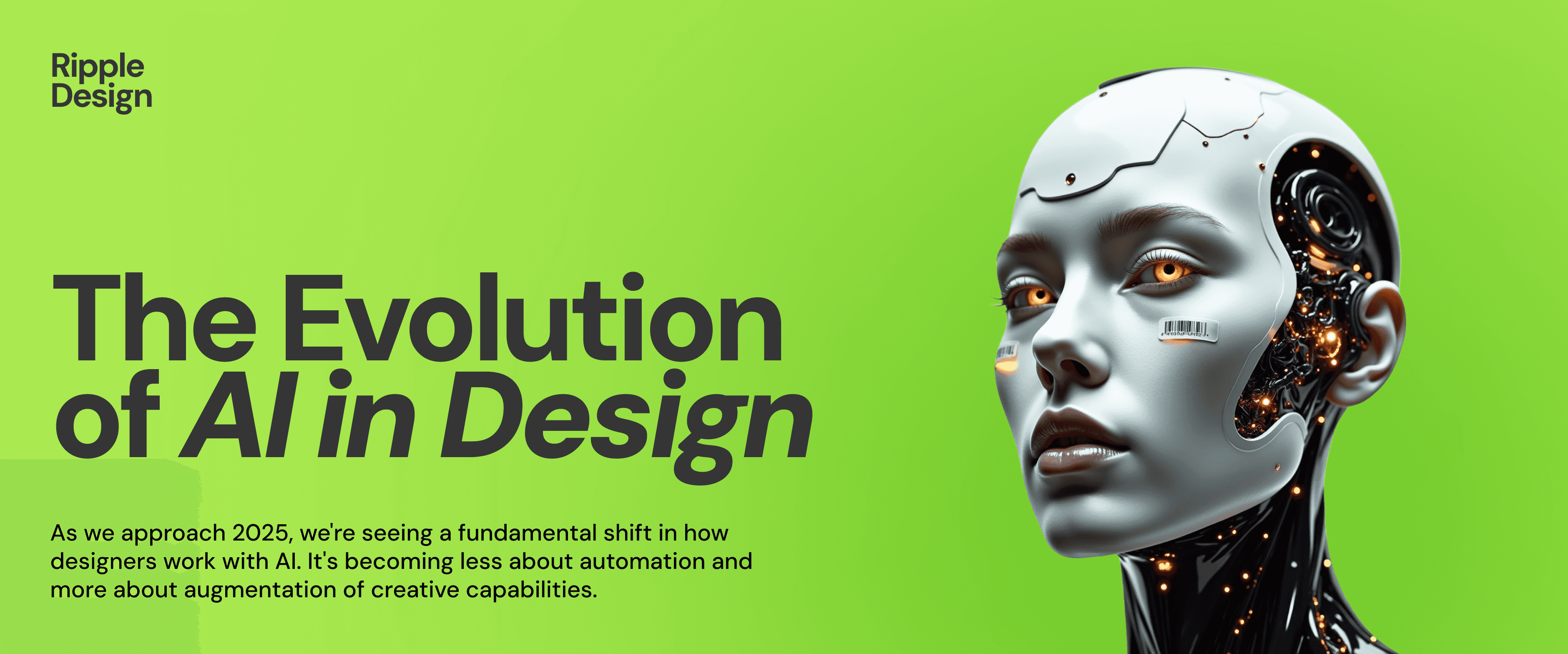



As we approach 2025, the conversation around AI and design is shifting dramatically. Gone are the early fears of AI replacing designers – instead, we're witnessing the emergence of a more nuanced and promising reality. Let's explore how the relationship between AI and design is evolving and what it means for creative professionals.
The New AI Design Landscape
The most significant change we're seeing isn't in the tools themselves, but in how we're using them. AI is maturing from a simple image generation tool into a sophisticated design partner that understands context, user behavior, and design principles. This evolution is creating new opportunities for designers who can think strategically about AI integration.
For instance, emerging AI systems can now:
Analyze user behavior patterns to suggest design optimizations
Generate context-aware design variations while maintaining brand consistency
Understand semantic relationships between design elements
Adapt layouts dynamically based on content and user preferences
Human Skills: More Valuable Than Ever
Contrary to early predictions, AI is actually amplifying the importance of human skills in the design process. As AI handles more routine tasks, designers are increasingly valued for uniquely human capabilities:
Strategic Thinking
Designers are becoming strategic decision-makers, determining when and how to leverage AI tools effectively. This requires a deep understanding of both design principles and AI capabilities.
Emotional Intelligence
While AI can generate visually appealing designs, human designers remain essential for understanding emotional resonance and cultural nuance. This emotional intelligence is crucial for creating designs that truly connect with users.
Cultural Awareness
AI systems, despite their sophistication, still struggle with cultural context. Designers bring vital cultural awareness and sensitivity to ensure designs are appropriate and meaningful across different contexts.
The Emerging AI-Design Workflow
The most effective designers of 2025 will be those who master new workflows that blend AI and human creativity. This includes:
Prompt Engineering for Design
Understanding how to effectively communicate with AI tools is becoming a crucial skill. Designers need to learn how to craft prompts that generate results aligned with their vision and project requirements.
Rapid Prototyping
AI is revolutionizing the prototyping process, allowing designers to generate and test multiple iterations quickly. This accelerates the design process while leaving more time for strategic thinking and refinement.
Strategic Implementation
The key is knowing when to use AI and when to rely on traditional design approaches. This requires a deep understanding of both AI capabilities and limitations.
Preparing for 2025: Essential Skills to Develop
To thrive in this evolving landscape, designers should focus on developing several key areas:
Systems Thinking
Understanding how design systems work and how they can be enhanced with AI is becoming increasingly important. This includes knowing how to create flexible, scalable design systems that can work alongside AI tools.
Information Architecture
As AI tools become more sophisticated, strong information architecture skills become more crucial. This helps in creating coherent, user-friendly designs that AI can effectively work with.
Ethical Design Principles
With AI's growing influence, designers need to be well-versed in ethical design principles to ensure responsible implementation of AI-powered solutions.
Looking Ahead
The future of design isn't about AI replacing humans – it's about creating powerful synergies between human creativity and artificial intelligence. The designers who will thrive in 2025 are those who embrace this collaboration while maintaining their unique human perspective.
As we move forward, the most successful designers will be those who can:
Leverage AI to enhance their creative process
Maintain strong design fundamentals
Adapt to new tools and workflows
Focus on strategic thinking and human-centered design
Conclusion
The evolution of AI in design is creating exciting opportunities for those willing to embrace change while holding onto their core design principles. As we look toward 2025, it's clear that the future of design will be shaped by those who can effectively blend human creativity with AI capabilities.
The key is to start preparing now – not by fearing AI's advancement, but by understanding how to harness its potential while developing the human skills that will become even more valuable in the years ahead.
As we approach 2025, the conversation around AI and design is shifting dramatically. Gone are the early fears of AI replacing designers – instead, we're witnessing the emergence of a more nuanced and promising reality. Let's explore how the relationship between AI and design is evolving and what it means for creative professionals.
The New AI Design Landscape
The most significant change we're seeing isn't in the tools themselves, but in how we're using them. AI is maturing from a simple image generation tool into a sophisticated design partner that understands context, user behavior, and design principles. This evolution is creating new opportunities for designers who can think strategically about AI integration.
For instance, emerging AI systems can now:
Analyze user behavior patterns to suggest design optimizations
Generate context-aware design variations while maintaining brand consistency
Understand semantic relationships between design elements
Adapt layouts dynamically based on content and user preferences
Human Skills: More Valuable Than Ever
Contrary to early predictions, AI is actually amplifying the importance of human skills in the design process. As AI handles more routine tasks, designers are increasingly valued for uniquely human capabilities:
Strategic Thinking
Designers are becoming strategic decision-makers, determining when and how to leverage AI tools effectively. This requires a deep understanding of both design principles and AI capabilities.
Emotional Intelligence
While AI can generate visually appealing designs, human designers remain essential for understanding emotional resonance and cultural nuance. This emotional intelligence is crucial for creating designs that truly connect with users.
Cultural Awareness
AI systems, despite their sophistication, still struggle with cultural context. Designers bring vital cultural awareness and sensitivity to ensure designs are appropriate and meaningful across different contexts.
The Emerging AI-Design Workflow
The most effective designers of 2025 will be those who master new workflows that blend AI and human creativity. This includes:
Prompt Engineering for Design
Understanding how to effectively communicate with AI tools is becoming a crucial skill. Designers need to learn how to craft prompts that generate results aligned with their vision and project requirements.
Rapid Prototyping
AI is revolutionizing the prototyping process, allowing designers to generate and test multiple iterations quickly. This accelerates the design process while leaving more time for strategic thinking and refinement.
Strategic Implementation
The key is knowing when to use AI and when to rely on traditional design approaches. This requires a deep understanding of both AI capabilities and limitations.
Preparing for 2025: Essential Skills to Develop
To thrive in this evolving landscape, designers should focus on developing several key areas:
Systems Thinking
Understanding how design systems work and how they can be enhanced with AI is becoming increasingly important. This includes knowing how to create flexible, scalable design systems that can work alongside AI tools.
Information Architecture
As AI tools become more sophisticated, strong information architecture skills become more crucial. This helps in creating coherent, user-friendly designs that AI can effectively work with.
Ethical Design Principles
With AI's growing influence, designers need to be well-versed in ethical design principles to ensure responsible implementation of AI-powered solutions.
Looking Ahead
The future of design isn't about AI replacing humans – it's about creating powerful synergies between human creativity and artificial intelligence. The designers who will thrive in 2025 are those who embrace this collaboration while maintaining their unique human perspective.
As we move forward, the most successful designers will be those who can:
Leverage AI to enhance their creative process
Maintain strong design fundamentals
Adapt to new tools and workflows
Focus on strategic thinking and human-centered design
Conclusion
The evolution of AI in design is creating exciting opportunities for those willing to embrace change while holding onto their core design principles. As we look toward 2025, it's clear that the future of design will be shaped by those who can effectively blend human creativity with AI capabilities.
The key is to start preparing now – not by fearing AI's advancement, but by understanding how to harness its potential while developing the human skills that will become even more valuable in the years ahead.


More Blogs
More Blogs
More Blogs
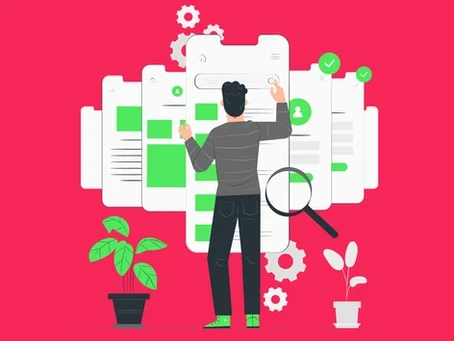
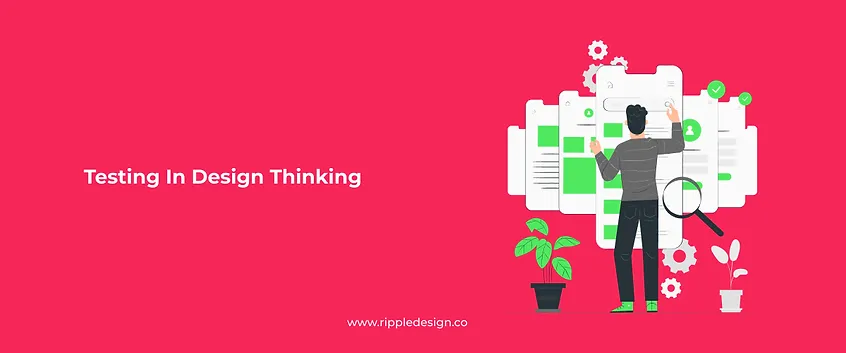
12 Aug 2024
•
5 Min ago
Testing in Design Thinking
The five stages of Design Thinking — Empathize, Define, Ideate, Prototype and Test — are not meant to be sequential steps to be taken as...
Sunny Haladker
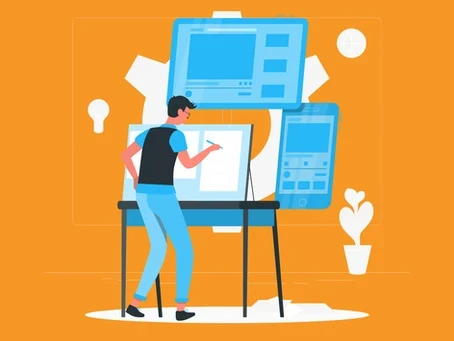
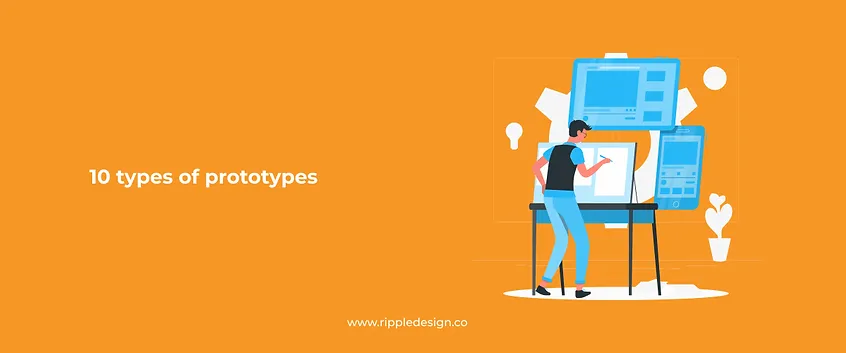
12 Aug 2024
•
5 Min ago
10 types of prototypes
In the prototyping stage of design thinking, we try to explore the problem we have identified and ideated on. We create a sample to test...
Sunny Haladker
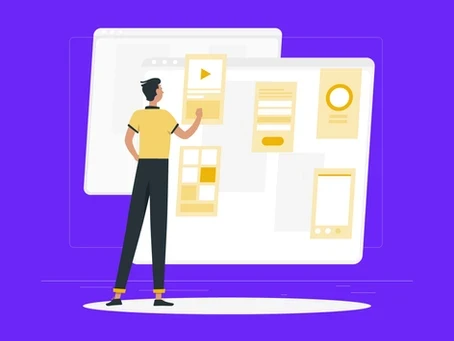
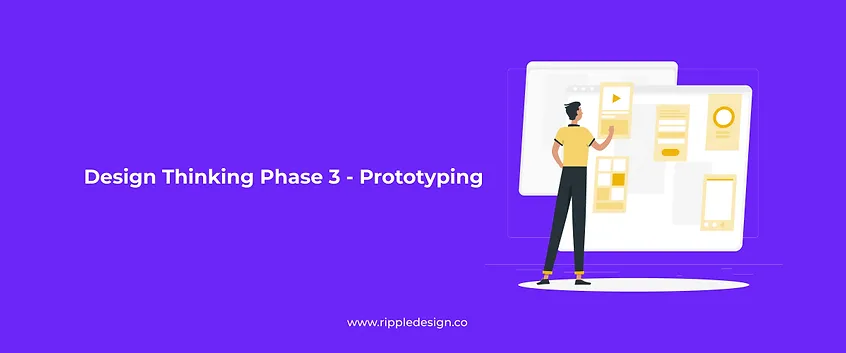
12 Aug 2024
•
5 Min ago
Design Thinking Phase 3 - Prototyping
Design thinking is a human centered, non linear iterative process that helps us understand our users or customers needs better, and...
Sunny Haladker


12 Aug 2024
•
5 Min ago
Testing in Design Thinking
The five stages of Design Thinking — Empathize, Define, Ideate, Prototype and Test — are not meant to be sequential steps to be taken as...
Sunny Haladker


12 Aug 2024
•
5 Min ago
10 types of prototypes
In the prototyping stage of design thinking, we try to explore the problem we have identified and ideated on. We create a sample to test...
Sunny Haladker


12 Aug 2024
•
5 Min ago
Design Thinking Phase 3 - Prototyping
Design thinking is a human centered, non linear iterative process that helps us understand our users or customers needs better, and...
Sunny Haladker




12 Aug 2024
•
5 Min ago
Testing in Design Thinking
Testing in Design Thinking
The five stages of Design Thinking — Empathize, Define, Ideate, Prototype and Test — are not meant to be sequential steps to be taken as...
Sunny Haladker




12 Aug 2024
•
5 Min ago
10 types of prototypes
10 types of prototypes
In the prototyping stage of design thinking, we try to explore the problem we have identified and ideated on. We create a sample to test...
Sunny Haladker




12 Aug 2024
•
5 Min ago
Design Thinking Phase 3 - Prototyping
Design Thinking Phase 3 - Prototyping
Design thinking is a human centered, non linear iterative process that helps us understand our users or customers needs better, and...
Sunny Haladker


12 Aug 2024
•
5 Min ago
Testing in Design Thinking
The five stages of Design Thinking — Empathize, Define, Ideate, Prototype and Test — are not meant to be sequential steps to be taken as...
Sunny Haladker


12 Aug 2024
•
5 Min ago
10 types of prototypes
In the prototyping stage of design thinking, we try to explore the problem we have identified and ideated on. We create a sample to test...
Sunny Haladker


12 Aug 2024
•
5 Min ago
Design Thinking Phase 3 - Prototyping
Design thinking is a human centered, non linear iterative process that helps us understand our users or customers needs better, and...
Sunny Haladker
More Blogs




12 Aug 2024
•
5 Min ago
Testing in Design Thinking
The five stages of Design Thinking — Empathize, Define, Ideate, Prototype and Test — are not meant to be sequential steps to be taken as...
Sunny Haladker




12 Aug 2024
•
5 Min ago
10 types of prototypes
In the prototyping stage of design thinking, we try to explore the problem we have identified and ideated on. We create a sample to test...
Sunny Haladker




12 Aug 2024
•
5 Min ago
Design Thinking Phase 3 - Prototyping
Design thinking is a human centered, non linear iterative process that helps us understand our users or customers needs better, and...
Sunny Haladker